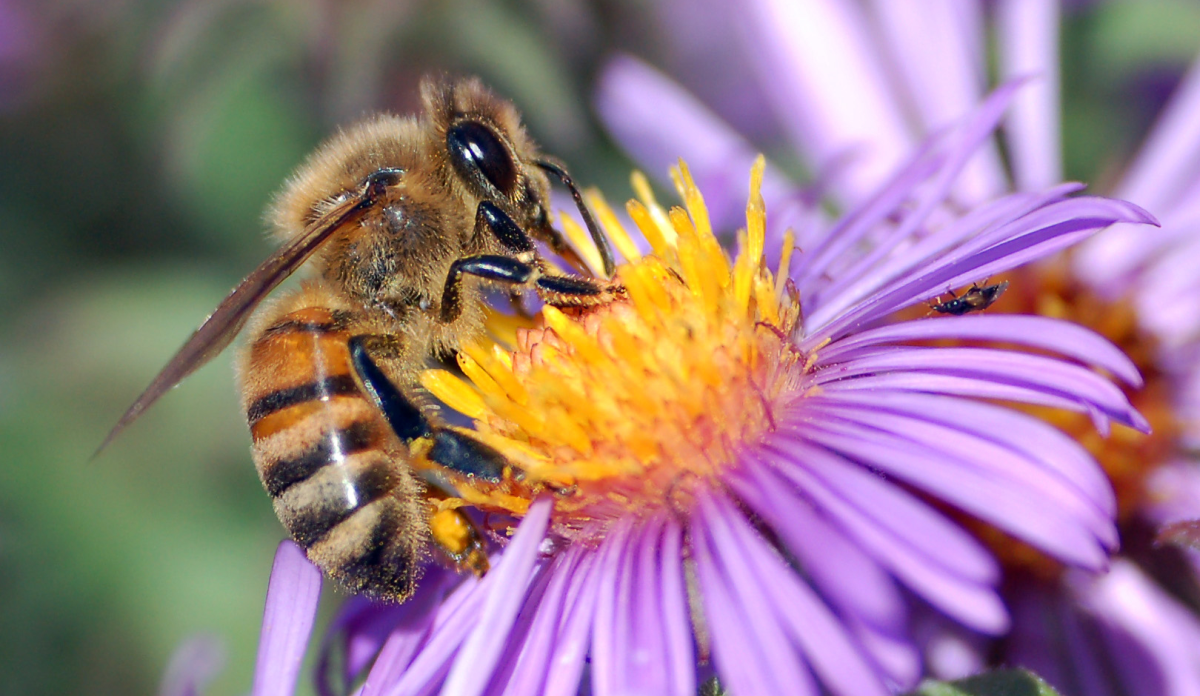
School grounds and gardens proved to be the most bee-friendly habitats for spotting bees during the Great British Bee Count 2015 – highlighting their importance for Britain’s under-threat pollinators - results published today reveal.
Over six thousand people participated in the Great British Bee Count 2015, which took place during the month of May, recording 104,290 individual bees. Analysis of the bee count recordings reveal that:
• School grounds were the habitat where most bees per sighting were recorded, with on average almost 11 bees (10.7) recorded. Woodlands (8.59) were next most numerous habitat.
• Gardens provided the greatest variety of bees, with almost a quarter of people (22.43%) recording four or more different kinds of bees per count in these habitats. They were followed by allotments (17.6%), farmland (10.24%) and the countryside (9.74 %).
• The most common bees spotted were white-tailed bumblebees, with almost half (49%) of those taking part recording this type of bee, which includes garden and buff-tailed bumblebees. Honeybees (48.6 %) were the second most numerous species reported.
• Cotoneaster, a genus of flowering plants in the rose family, was a firm favourite for bees in May, proving to be more than four times more popular than the next most popular plant reported.
• Most bees were spotted in the South of England (23,997), followed by London (14,098) and East of England (10,052).
Commenting on the results, Friends of the Earth Bee Campaigner Paul de Zylva said:
“We’re delighted that thousands of people took part in this year’s bee count, which will provide valuable information about how they are faring across the UK.
“People love getting to know that as well as honey bees Britain has over 260 wild bee species that help pollinate our food, and keep our gardens and countryside blooming.
“The results highlight the importance of school grounds and gardens to Britain’s bees. We can all play our part by turning local spaces into bee-friendly havens.
“But Government and local councils must to do more to protect these crucial and under-threat insects, that provide such a crucial pollination service for farmers and gardeners.”
Adding a photo of a bee was a new feature of the count this year, and over 4,800 images were submitted. Paul Hetherington of Buglife said:
“Uploading photos of your bees enables sightings to be verified by experts adding to the scientific data available on bee distribution and perhaps even identifying new sites for some of our rarer bees as the pictures are checked against the key characteristics of the over 250 species known in the UK”.
